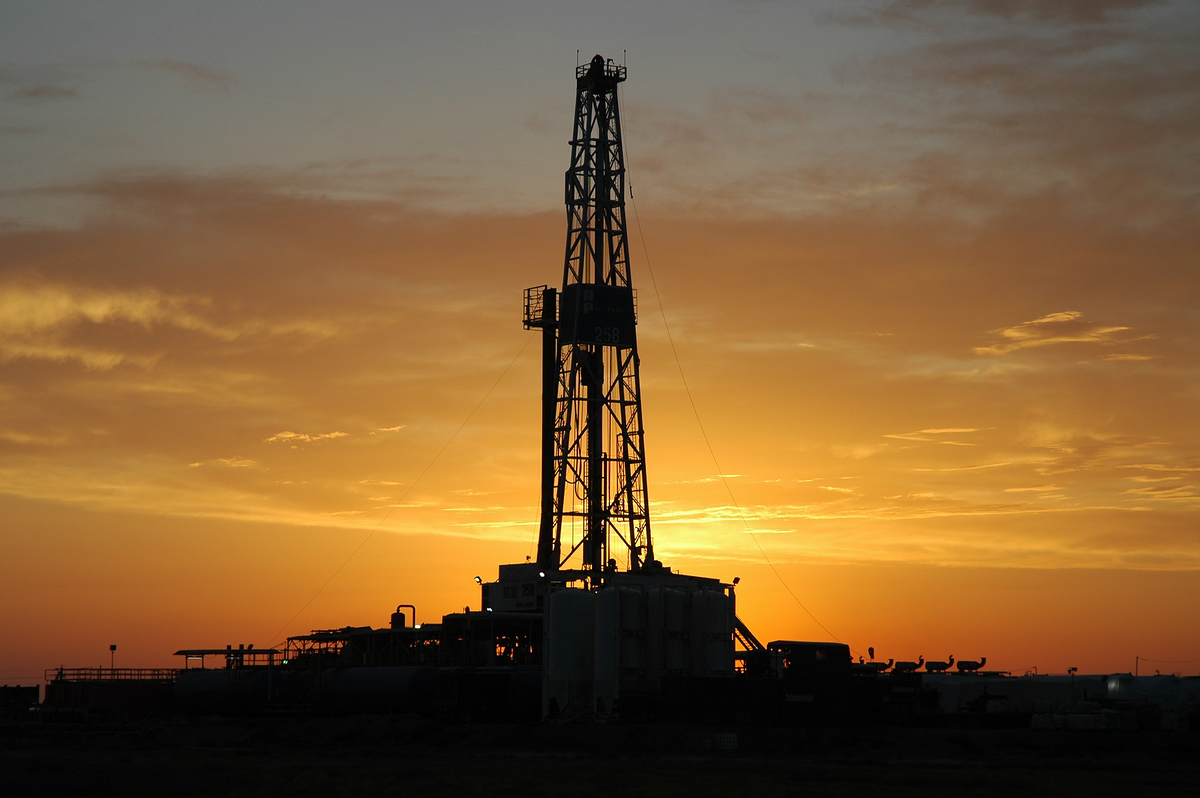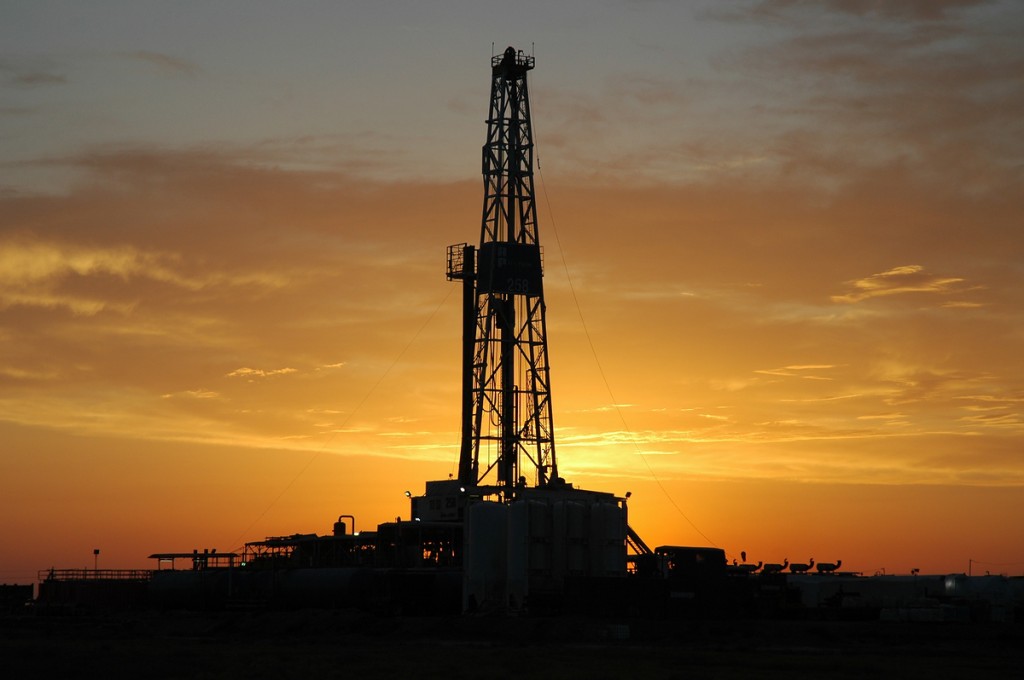September 27, 2014 – President Obama is counting on replacing coal-fired power with cleaner burning natural gas. But the shift according to researchers at University of California Irvine will do little to reduce carbon emissions.
The current statistics on coal-fired power in the U.S. hover around 40%, down from near 50% just a few years ago. The plants that have closed were reaching end of life. Future closures are being driven by the U.S. EPA directive targeting coal.
Why has the President focused on substituting natural gas for coal? Because the former when used to generate electricity emits 60% less CO2 per kilowatt-hour of electricity produced. And because shale gas is in great supply from domestic fracking operations.
The UC Irvine study involving researchers from Stanford and the organization Near Zero, published their findings on September 24, 2014, in the journal Environmental Research Letters.
What they found is that the use of natural gas as a bridging fuel to lower carbon emissions is not an effective means of achieving the desired end result. That without an effective carbon reduction and green renewable energy target as part of a national climate change policy, natural gas would actually increase electricity demand and more than offset the benefits gained from substituting it for coal.
Christine Shearer, UC Irvine, states, “Natural gas has been presented as a bridge to a low-carbon future, but what we see is that it’s actually a major detour……the only effective paths to reducing greenhouse gases are a regulatory cap or a carbon tax.”
The authors of the study were not concerned about wellhead methane leaks at natural gas production sites and their contribution to greenhouse gas emissions. Instead they focused on the abundance of supply causing a delay in moving faster to renewable energy sources, “delays up to decades the time period over which renewable energies become economically competitive.”
And further they looked at the price of energy in an economy where natural gas was abundant and relatively cheap. Under such conditions, which appear to be the way the U.S. and other shale gas producing nations are going, energy usage per capita would grow, dis-inhibiting energy conservation efforts and further impeding carbon reductions. In fact the net carbon reduction would be minimal to non-existent. The only moving away from coal scenario that met 2050 carbon reduction goals is one where renewable energy ramped up to 50% of total production capacity.














